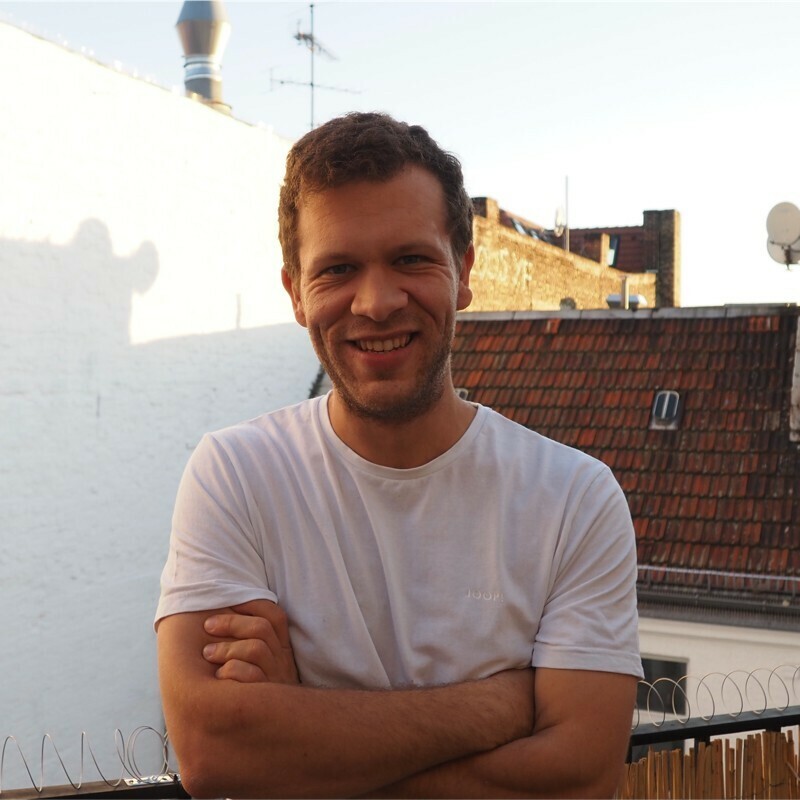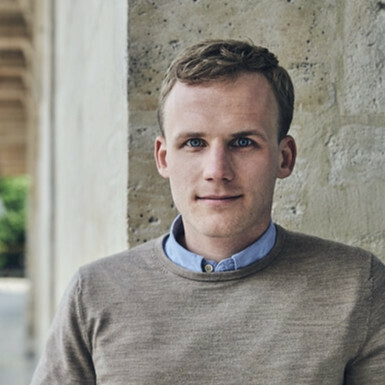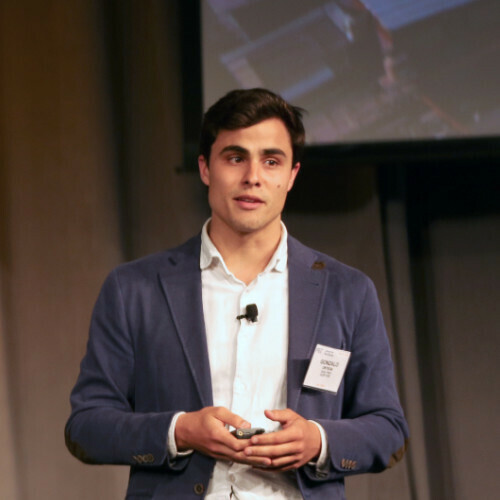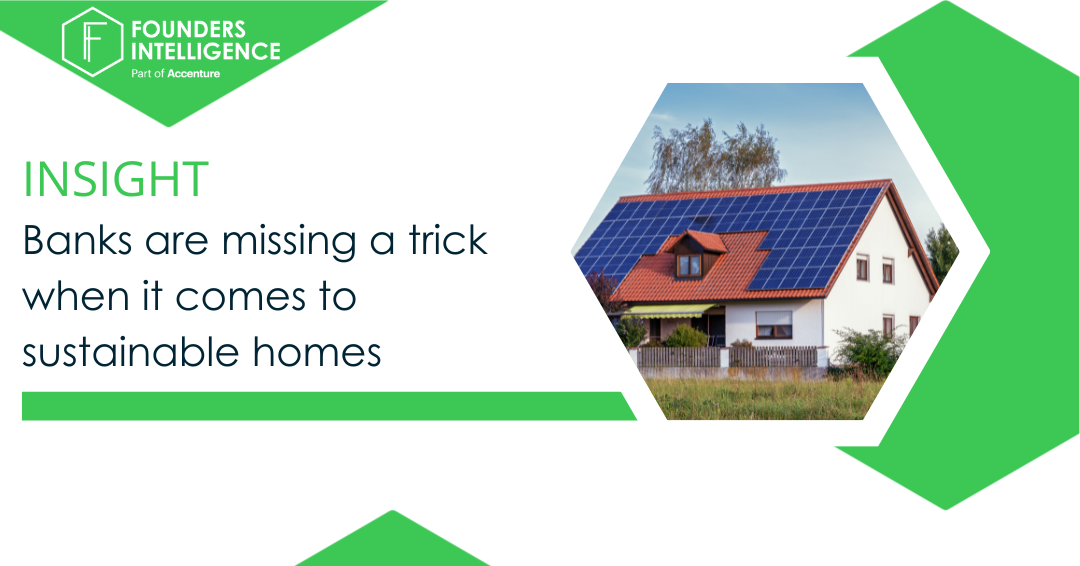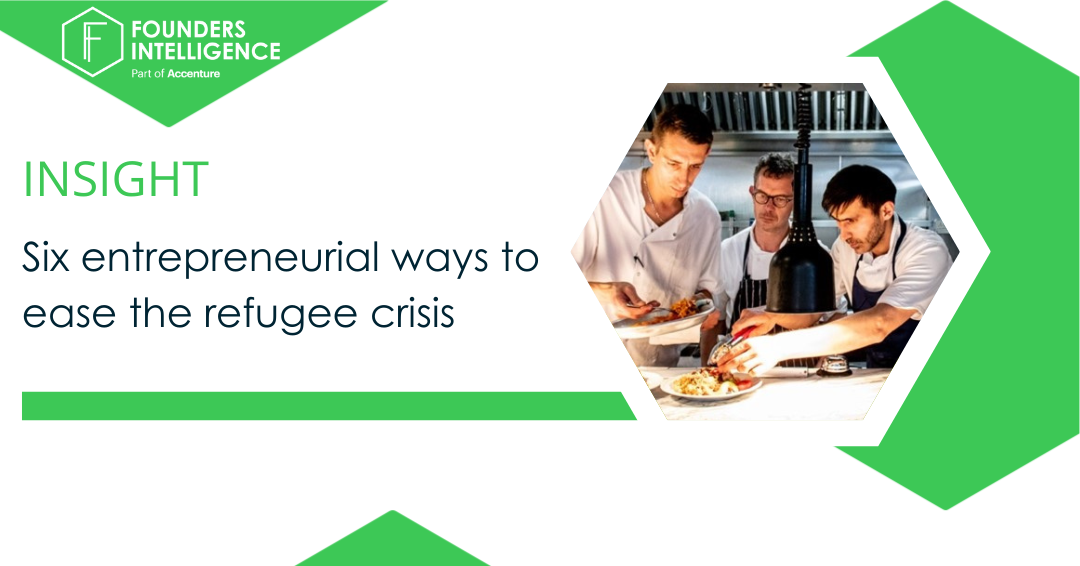From product-driven to community-driven: how to tap into the power of community
Online communities are everywhere. In fact, whether you are a brand, a creator, a service provider or a traditional software business, you’ve probably thought about how to build a community around your business already.
And rightly so. In highly competitive and mature markets, everyone is competing for attention. Communities that are based on a shared interest, cause or identity have differentiated themselves and created massive strategic and commercial value for brands in the process.
There are a number of compelling reasons why building your company around these communities is such a powerful business model, including:
- Lower customer acquisition costs – members refer each other
- Increased customer retention – members do not want to leave the community
- Increased frequency and duration of interaction – members spend more time interacting with a community than with a product
- Improved customer support – members help each other
- Decreased product development costs – members co-develop products
It’s no surprise companies are rushing to tap into this, from lifestyle brands you’d expect, to industries you might not, such as logistics and finance.
Recent rumours about PayPal acquiring Pinterest highlight this shift. It showed a payment provider eager to place itself at the heart of where people interact. The deal didn’t go through but a FinTech company acquiring a social media business doesn’t seem crazy anymore.
As Patrick Woods, CEO of Orbit, says on a16z, the trend towards communities is one few companies can hide from:
“Just as every industry makes the crucial transition from analogue to digital, nearly every category of company will eventually make the fateful transition from single-player to multiplayer, from company-driven to community-driven, from individual to social.”
So what does all of this mean for large, established businesses?
From product-first to community-first
The conventional business approach is to build your product first and your audience second. But we increasingly see a new model emerging: build your community first, and your product will follow.
This highly customer-centric approach not only guarantees you’re building something that people actually want, it also creates early buy-in and gives your core customer base a sense of ownership.
For instance, Tastemakers built a community looking to experience and share the world created by people of African descent. There were a number of reasons behind its success:
- The travel service was built with the community, tapping into its sense of identity and shared cultural heritage. From the onset it was more than just a travel product.
- The founder is a leader who embodies the mission of the community, as a passionate adventure traveller.
- Members of the community are passionate about the offering, posting about it and interacting with each other.
Should you build or partner?
But building a community is hard. And it’s not something you can simply outsource to your marketing team to drive lead generation – that’s content marketing (find more on that here). Communities should first and foremost be built around shared values and serving its members.
Some of the most successful communities have been nurtured by inspiring founders who are passionate about a certain topic, or personally affected by an issue they’re trying to solve. Big companies on the other hand often lack that authenticity or the right to exist in a certain space. This can lead to their community-building efforts appearing more like marketing stunts.
But our work with the Facebook Community Accelerator taught us an important lesson: you don’t need to build a community from scratch. You can tap into existing communities that have grown organically and partner up with them first.
Big social media platforms have enabled digital communities to thrive and community building has boomed during the pandemic. If you’re wondering whether there is a community in your space, the answer is very likely to be yes.
Key principles of partnering with a community
Once you’ve found one or more communities that you’d like to engage with, there are some key principles to bear in mind:
- Communities are about people first: The principal focus of communities is their members – their stories, their faces and their interactions. You should embrace that and put the members, not your brand, at the forefront of everything you do.
- Communities are organised around shared values: They provide a safe space for people and have a clear set of values. As a partner joining forces with a community, make sure your brand values are aligned with those of the community. And make sure you respect them.
- The key to community building is activating its members: A community is more than an audience passively consuming content. Members interact with each other, share their own personal stories, and help each other out. As a community partner, focus on activating its members and their interactions as opposed to simply using them as an audience.
Successful partnerships in action
Many of the communities taking part in the Facebook Community Accelerator have shown the power of authentic partnerships, here are some examples:
Colorintech, a community from last year’s cohort, has worked with partners such as Facebook, Google, Farfetch, Sky and many others in a number of ways, including helping them achieve their Diversity & Inclusion goals.
For instance, they have worked with eBay to co-develop the Tech Careers Readiness programme, which helps undergraduates gain awareness of the tech industry and build their skills to maximise their chances of landing a job when they graduate.
A number of Colorintech partners, including Microsoft, eBay and Deepmind, have made public commitments towards their Diversity & Inclusion goals. Working with Colorintech helps them achieve those targets.
Muslim Mamas is a community in this year’s Facebook Accelerator cohort that provides a platform for Muslim mothers to connect, uplift each other and express themselves authentically.
Alongside an agency they are currently working with the UK Government to provide potentially life-saving health information to vulnerable groups, which will have a tangible positive impact on the National Health Service.
Over the past few years, they have partnered with Salam Charity, turning them into a household name among the UK Muslim community. They have also raised the brand profile of Millionaire Beauty, a small business delivering great deals on products that Mamas want.
This is just a snapshot of what’s going on. There are countless examples of communities doing great work across many different platforms including Instagram, TikTok, Spotify, Substack, Pinterest, Discord and others.
As the fight for attention intensifies, partnering up with existing communities is a brilliant go-to-market (or go-to-community) strategy. Increasingly, we think more brands will look to work with many of the amazing communities that are out there. The potential is impossible to ignore.
———–
We’re proud to partner with the Facebook Community Accelerator, helping 20 incredible communities across Germany, Switzerland and the UK harness the power of their community to turn impactful ideas into action (read more here)
Do you want to get involved?
To learn more about Founders Intelligence’s partnership with the Facebook Community accelerator or explore collaboration opportunities, contact Hendrik ([email protected]) or Mathilde ([email protected])

